Texte explicatif en latin au verso.
Beaux coloris anciens.
Fines rousseurs dans les marges.
Très bon état.
Format feuille : 57,5 x 43,5 cm.
Format cuivre : 47 x 34 cm.
Original antique map of 1630.
Beaux coloris anciens pour cette carte illustrant la côte nord de l’Afrique.
La partie inférieure est illustrée d’un plan de la baie de Tunis et d’une carte du delta du Nil.
Vous pouvez consulter l’ensemble des cartes, livres et gravures disponibles sur votre région en cliquant sur le lien de notre site internet spécialisé en archives anciennes géographiques :
https://cartes-livres-anciens.com/categorie-produit/cartes-geographiques-anciennes-original-antique-maps/afrique/afrique-du-nord/
Règlement sécurisé par carte bancaire sur notre site internet en cliquant sur le lien ci-dessous :
https://cartes-livres-anciens.com/produit/cartes-geographiques-anciennes-original-antique-maps/europe/mediterranee/carte-geographique-ancienne-de-lafrique-du-nord-3/
Toutes nos cartes et gravures sont accompagnées d’un certificat d’authenticité.
Pendant près de soixante ans, au cours de la période la plus importante et la plus passionnante de l’histoire de la cartographie moderne, Gérard Mercator fut le cartographe suprême.Son nom venait juste après Ptolémée, synonyme de la forme de projection cartographique encore utilisée aujourd’hui. Bien que n’étant pas l’inventeur de ce type de projection, il a été le premier à l’appliquer aux cartes de navigation sous une forme telle que les relèvements au compas puissent être tracés sur des cartes en ligne droite, offrant ainsi aux marins une solution à un problème de navigation de longue date en mer. Son influence transforma l’arpentage, et ses recherches et calculs le conduisirent à rompre avec la conception qu’avait laissé Ptolémée, de la taille et de la silhouette des continents, réduisant radicalement la longueur longitudinale de l’Europe et de l’Asie et modifiant la forme de l’Ancien Monde, telle que visualisée au début du XVIe siècle.
Mercator est né à Rupelmonde en Flandre et a étudié à Louvain auprès de Gemma Frisius, écrivaine, astronome et mathématicienne néerlandaise. Il s’y établit en tant que cartographe, créateur d’instruments et de globe, et à vingt-cinq ans, dessine et grave sa première carte (de Palestine) et produit ensuite une carte de Flandre (1540). L’excellence de son travail lui valut le patronage de Charles V pour lequel il construisit un globe. Malgré sa faveur auprès de l’empereur, il fut pris dans la persécution des protestants luthériens et accusé d’hérésie, heureusement sans conséquences graves. Nul doute que la crainte de nouvelles persécutions ait influencé son déménagement à Duisburg en 1552, où il poursuivit la production de cartes, de globes et d’instruments aboutissant aux cartes à grande échelle de l’Europe (1554), des îles Britanniques (1564) et de la célèbre Carte du monde 18 feuilles dessinées à sa nouvelle projection (1569). Toutes ces premières cartes sont extrêmement rares, certaines ne sont connues que par un seul exemplaire.
Plus tard, il se consacra à l’édition des cartes de Geographia de Ptolémée, reproduites aussi fidèlement que possible sous leur forme originale, et à la préparation de son recueil de cartes en trois volumes auquel, pour la première fois, le mot « Atlas » a été appliqué. Le mot a été choisi, a-t-il écrit, « pour honorer le Titan, Atlas, roi de Mauritanie, un philosophe savant, mathématicien et astronome ». Les deux premières parties de l’Atlas ont été publiées en 1585 et 1589 et la troisième, les deux premières constituant une édition complète, en 1595, un an après le décès de Mercator. Les fils et les petits-fils de Mercator, nommés ci-dessus, étaient tous cartographes et contribuaient de diverses manières au grand atlas. Rumold, en particulier, fut responsable de l’édition complète en 1595. Après une seconde édition complète en 1602, les planches de cartes furent achetées en 1604 par Jodocus Hondius qui, avec ses fils, Jodocus II et Henricus, publia des éditions agrandies, qui dominèrent le marché de la carte pour les vingt à trente années suivantes.
Original proof made in 1630. Mercator/ Hondius cartographers. Explanatory text in Latin on the back. Beautiful old colors. Fine foxing in the margins. Very good condition. Sheet size: 57.5 x 43.5 cm. Copper format: 47 x 34 cm. Original antique map of 1630. Beautiful old colors for this map illustrating the north coast of Africa. The lower part is illustrated with a plan of the Bay of Tunis and a map of the Nile Delta. You can view all the maps, books and engravings available in your region by clicking on the link to our website specializing in ancient geographical archives: https://cartes-livres-anciens.com/categorie-produit/cartes-geographiques-anciennes-original-antique-maps/afrique/afrique-du-nord/ Secure payment by credit card on our website by clicking on the link below: https://cartes-livres-anciens.com/produit/cartes-geographiques-anciennes-original-antique-maps/europe/mediterranee/carte-geographique-ancienne-de-lafrique-du-nord-3/ All our maps and engravings are accompanied by a certificate of authenticity. For nearly sixty years, during the most important and exciting period in the history of modern cartography, Gérard Mercator was the supreme cartographer. His name came just after Ptolemy, synonymous with the form of cartographic projection still used today. Although not the inventor of this type of projection, he was the first to apply it to navigational charts in such a form that compass bearings could be plotted on charts in a straight line, thus providing mariners with a solution to a long-standing problem of navigation at sea. His influence transformed surveying, and his research and calculations led him to break with Ptolemy's conception of the size and outline of continents, radically reducing the longitudinal length of Europe and Asia and changing the shape of the Old World as visualized in the early 16th century. Mercator was born in Rupelmonde in Flanders and studied at Leuven with Gemma Frisius, a Dutch writer, astronomer, and mathematician. He established himself there as a cartographer, instrument maker, and globe maker, and at the age of twenty-five drew and engraved his first map (of Palestine) and then produced a map of Flanders (1540). The excellence of his work earned him the patronage of Charles V, for whom he built a globe. Despite his favour with the emperor, he was caught up in the persecution of Lutheran Protestants and accused of heresy, fortunately without serious consequences. No doubt the fear of further persecution influenced his move to Duisburg in 1552, where he continued the production of maps, globes and instruments resulting in the large-scale maps of Europe (1554), the British Isles (1564) and the famous 18-sheet World Map drawn in its new projection (1569). All of these early maps are extremely rare, some are known from only a single copy. Later he devoted himself to the edition of the maps of Ptolemy's Geographia, reproduced as faithfully as possible in their original form, and to the preparation of his three-volume collection of maps to which, for the first time, the word "Atlas" was applied. The word was chosen, he wrote, "to honour the Titan, Atlas, King of Mauritania, a learned philosopher, mathematician and astronomer." The first two parts of the Atlas were published in 1585 and 1589 and the third, the first two constituting a complete edition, in 1595, a year after Mercator's death. Mercator's sons and grandsons, named above, were all cartographers and contributed in various ways to the great atlas. Rumold, in particular, was responsible for the complete edition in 1595. After a second complete edition in 1602, the map plates were purchased in 1604 by Jodocus Hondius who, with his sons, Jodocus II and Henricus, published enlarged editions, which dominated the map market for the next twenty to thirty years.


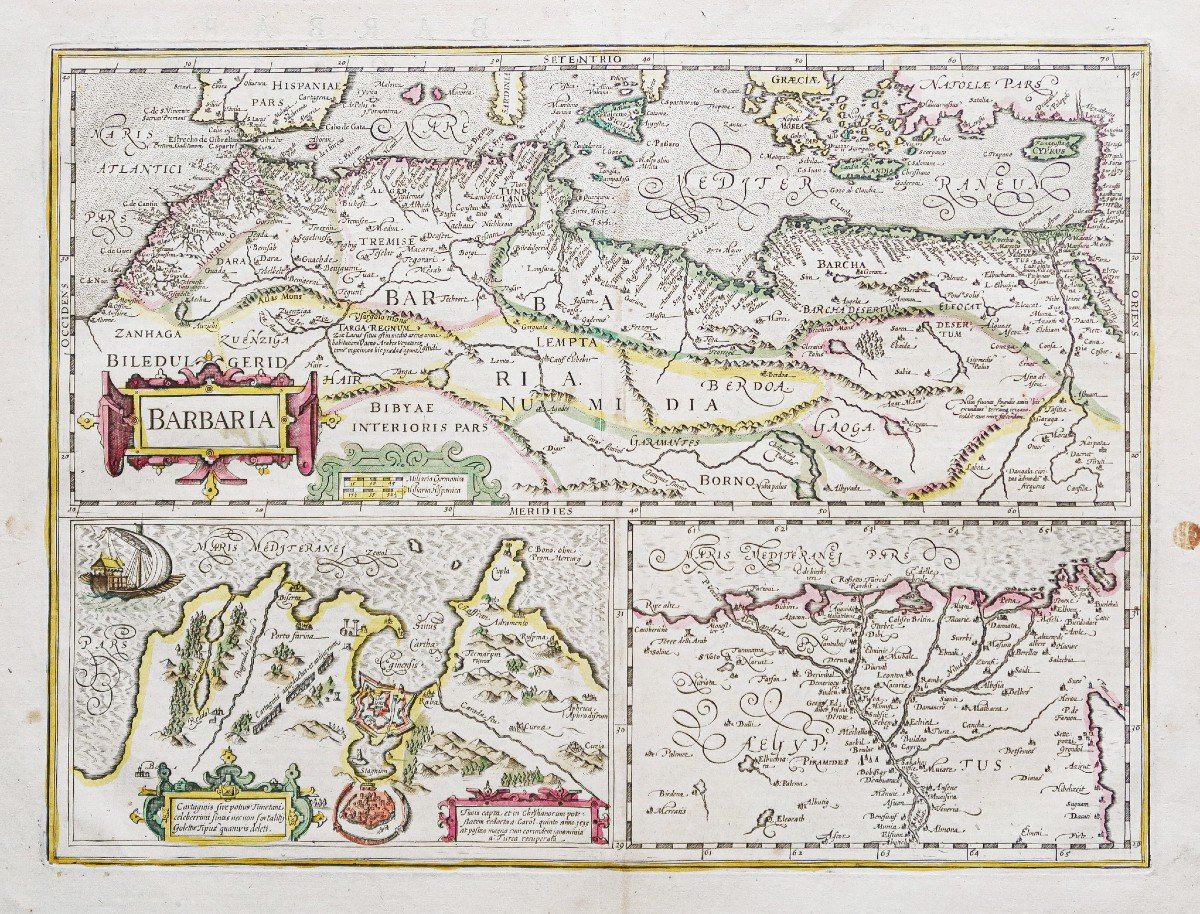
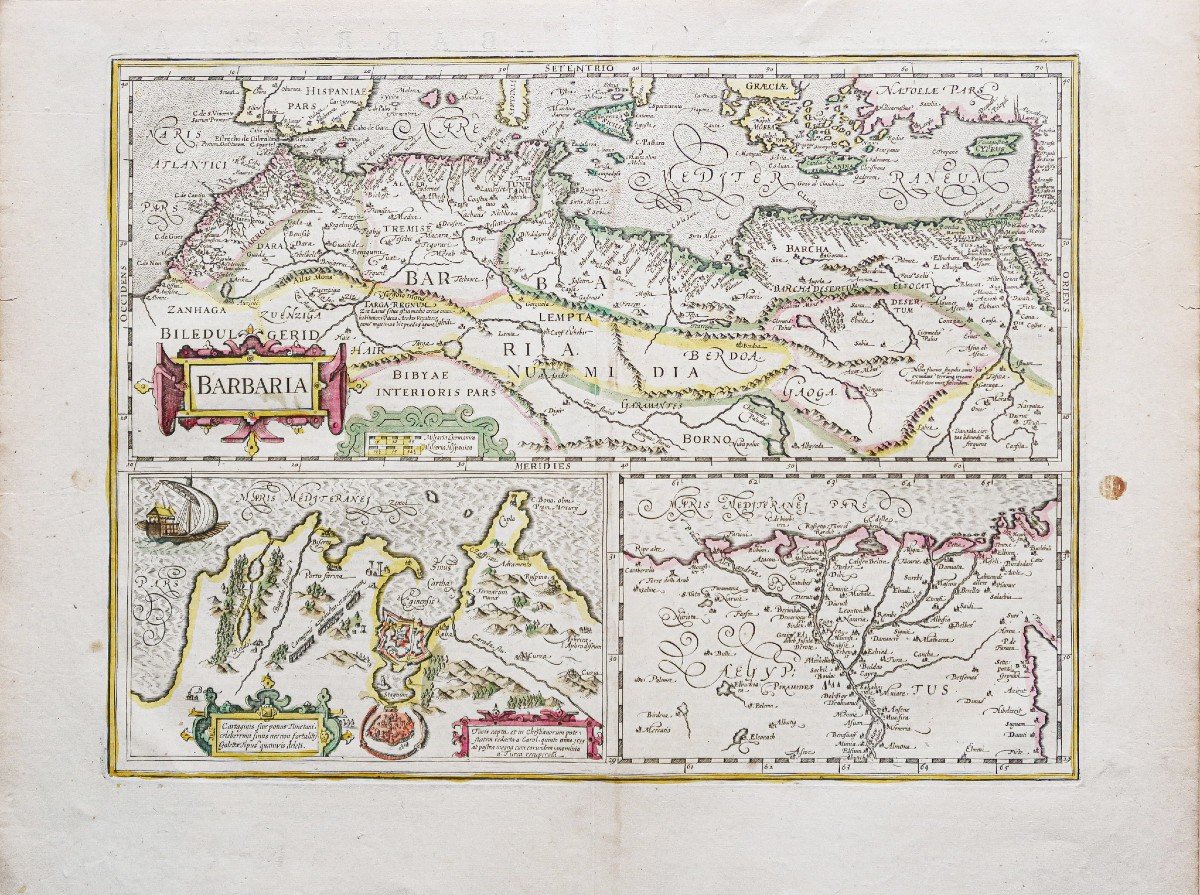










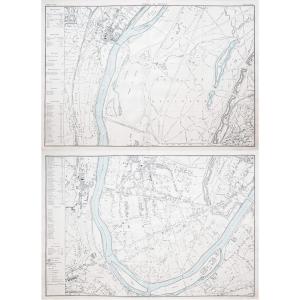
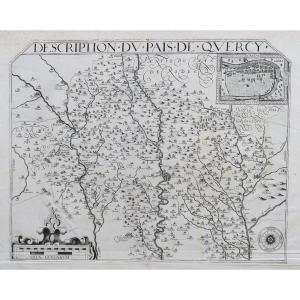

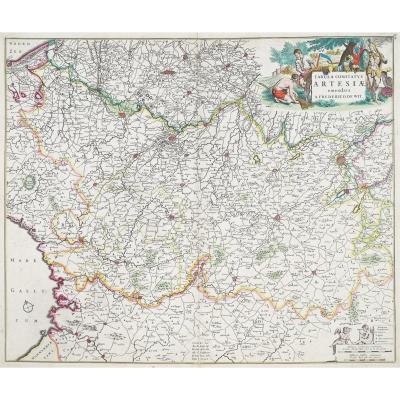
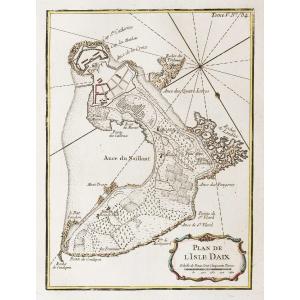
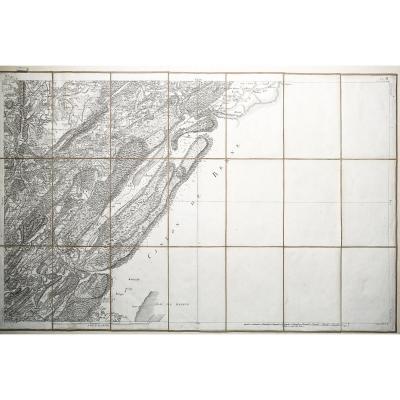

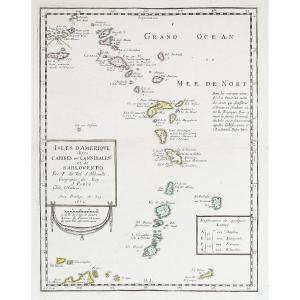




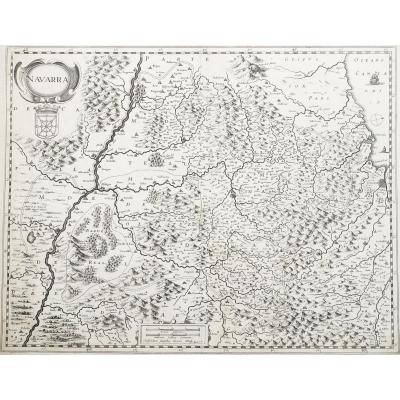







 Le Magazine de PROANTIC
Le Magazine de PROANTIC TRÉSORS Magazine
TRÉSORS Magazine Rivista Artiquariato
Rivista Artiquariato